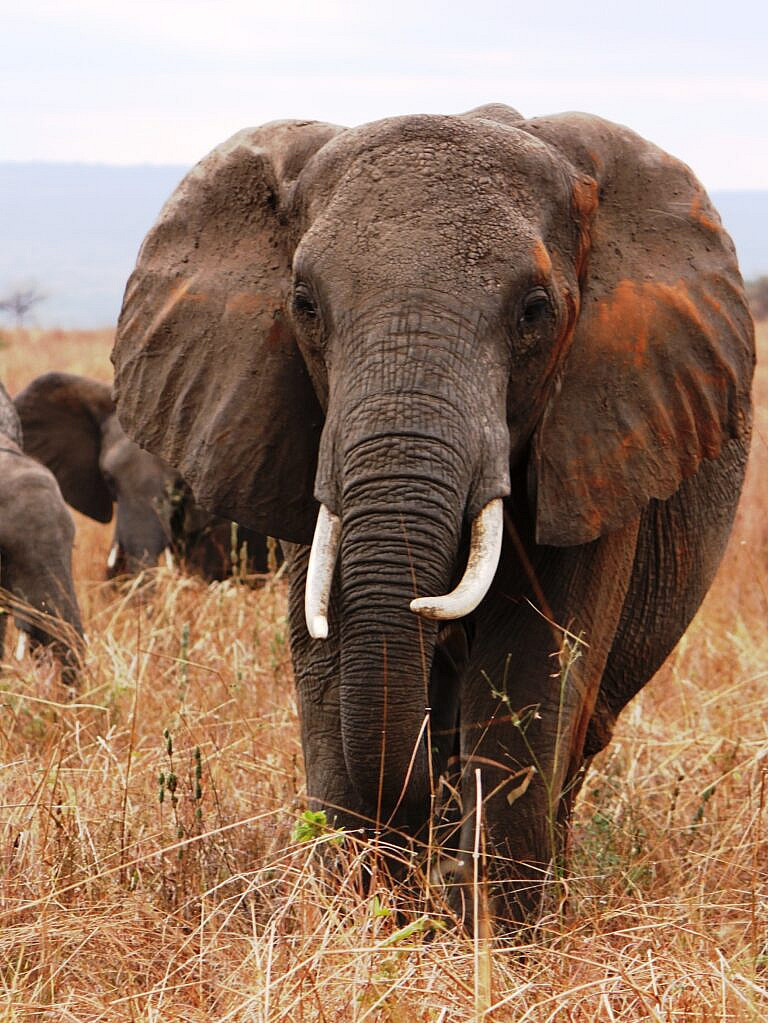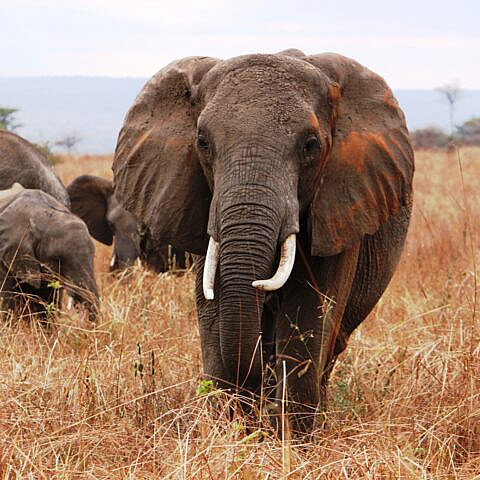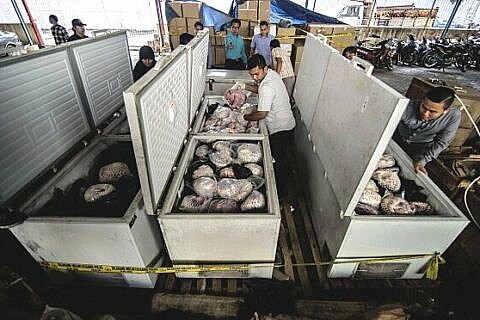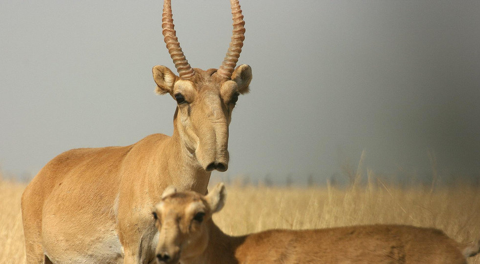Intercepted

As elephant ivory and rhino horn seizure numbers begin to rebound following pandemic shutdowns, wildlife trafficking networks are adapting and evolving to keep pace. Using the C4ADS Wildlife Seizure Dashboard and jurisdictional reporting from across Africa and Asia, we analyze elephant ivory and rhino horn seizure data to explore new patterns and trends in this illicit trade.
Executive Summary #
As of early 2023, global elephant ivory and rhino horn seizure rates had not yet fully returned to pre-pandemic levels. Nevertheless, illicit elephant ivory and rhino horn trafficking endures as a threat to these iconic species. The illicit wildlife trade is not a static enterprise; it is constantly evolving in response to the barriers and opportunities that arise. Countertrafficking stakeholders require a nuanced and updated understanding of elephant ivory and rhino horn trafficking operations to effectively confront the criminal networks sustaining them.
This report analyzes trends in publicly reported wildlife seizure data collected in the C4ADS Wildlife Seizure Database and is augmented with data from national-level reporting and representative case studies. In doing so, it identifies key areas for intervention and offers insights that can inform the development of targeted counter-trafficking strategies.
Specifically, this report finds that:
- Geographic patterns of elephant ivory and rhino horn seizures continue to adhere to transcontinental Africa-to-Asia trafficking routes, confirming this trend persists after the onset of the COVID-19 pandemic.
- Southern African states play a key role as hubs for elephant ivory and rhino horn trafficking network operations.
- Vietnam continues to grow as a continental entry point and consumer location for both elephant ivory and rhino horn.
- Outside of land-based seizures, seized shipments of rhino horn are typically transported via the air sector, and elephant
ivory through the maritime sector, although less frequently than before the COVID-19 pandemic. - Global elephant ivory seizures have increased since 2021, as indicated by two key measures: total weight seized and average seizure weight. By contrast, rhino horn seizure statistics have fluctuated in recent years.
Data-driven decision-making can help counter-wildlife trafficking stakeholders influence the economic and social factors
that drive individuals to participate in the illegal wildlife trade, ultimately disrupting the illicit economy and ensuring the
future of iconic species. With this impact framework in mind, this report outlines recommendations for law enforcement
officials, prosecutors, and other counter-wildlife trafficking stakeholders on how to leverage a data-centric approach to
combating illicit elephant ivory and rhino horn trafficking networks.
Download the Report in Portuguese #







